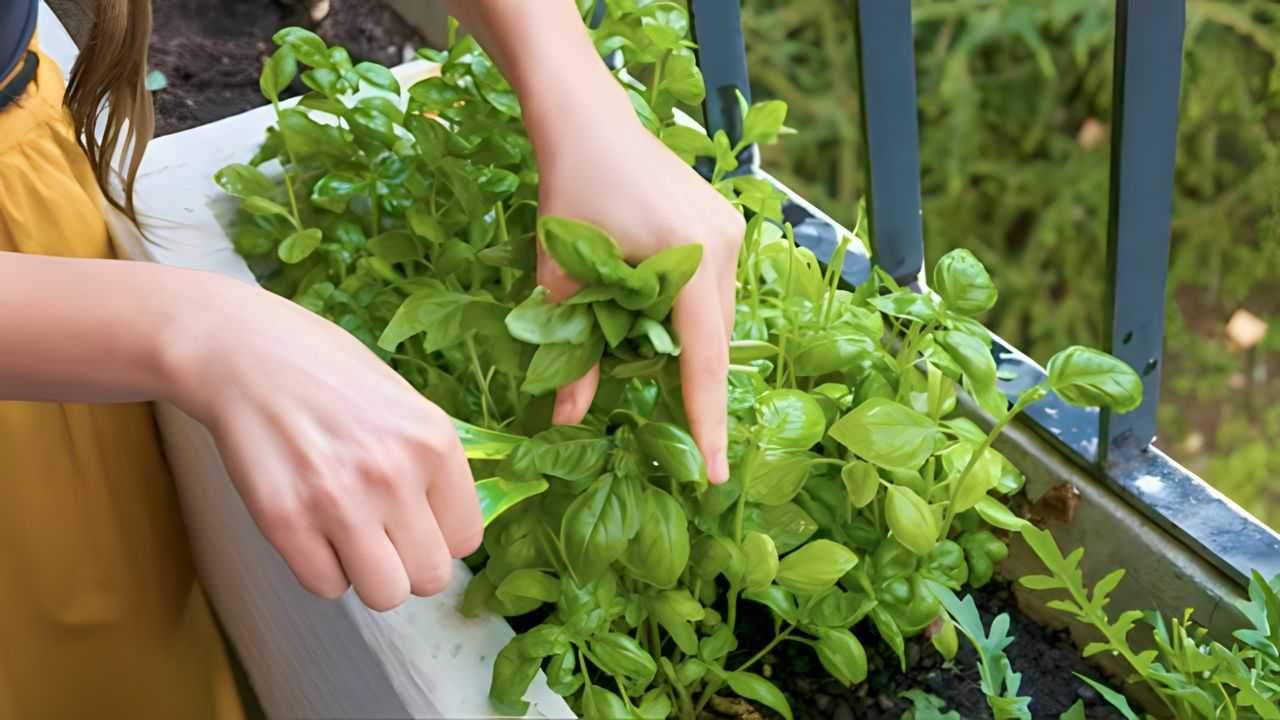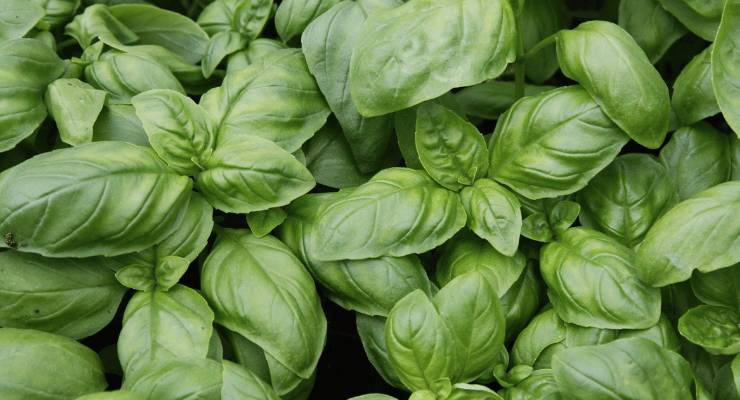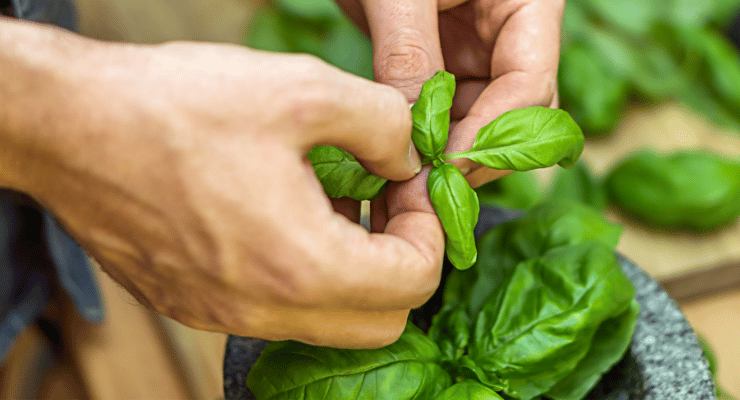
Buying basil is no longer necessary if you know how to grow it directly at home, saving time and money. That is how.

Basil has now reached the cost of 21 euros per kg . Although it is an aromatic plant with countless uses and benefits , for many it has become too expensive . Still, having a basil plant is useful not only for its uses in the kitchen , but also because placed near zucchini, tomato or cucumber plants it helps them fight parasites . However, it will no longer be necessary to buy basil , once you have discovered the method to multiply what you already have . Let’s see how to do it.
Reproduce basil by cuttings
Having an infinite supply of basil is possible, thanks to reproduction by cuttings, also called the twig trick . What is it about? Plants can be reproduced through seeds or cuttings . In the case of seeds , we talk about sexual reproduction : the seeds produced by the plant are sown to germinate new plants. .
Reproduction by cuttings , on the other hand, consists of taking a part of the plant , whether a branch or a splinter , and preparing it to take root and form a new plant , which will be a clone of the previous one. . Reproducing basil by cuttings is useful because it is a faster method and easier method .
Necessary and procedure
To obtain basil cuttings from which to form new plants , we need: a knife or scissors, bags , soil , hormone root powder and labels . At this point, we need to cut some basil stems that are as close to the main stem of the plant as possible. The stems must be at least 10 cm long.

Next, we remove the lower leaves and possible lateral shoots , which would otherwise not allow the growth of new roots. Next, we make a small diagonal cut at the bottom of the stem , again to facilitate root development .
Reproduction of cuttings
There are several methods to reproduce cuttings , but when it comes to basil , the one in water is the simplest. After preparing our stems , we place them in glasses with water . We place the glasses in a warm and well-lit area , but not in contact with direct light . We leave the stems in the glasses for about two weeks .
Already after a week it will be possible to see the first root shoots . Approximately every two days , it is important to change the water in the glasses to preserve the cuttings from forming bacteria . By adding a rooting agent , even a commercial one, to the water, roots will form faster .
Moving cuttings into pots
Once the roots have completely formed, we can remove the cuttings from the vessels and place them in the soil or in a vase containing perlite or sand . The pot should be kept in the dark for 3 days to allow the plant to conserve energy and not waste it on photosynthesis . Additionally, this will allow the new basil plant to take root and get used to its new “home . ”

At this point, we can move the plant to a bright area , watering it approximately every 2-3 days . The new seedling will need plenty of water , but stagnation should be avoided .
By following these tips , in a short time you will be able to reproduce your basil seedling independently , saving considerably.